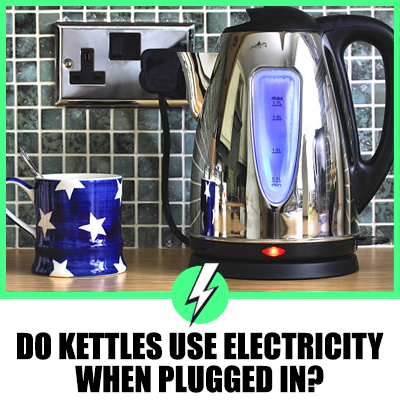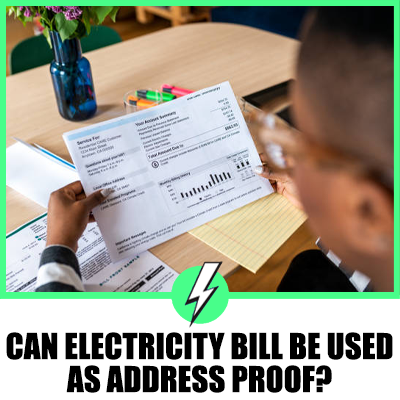Do Kettles Use Electricity When Plugged In?
Electric kettles, a common household appliance, have become an integral part of our daily routines.
Especially for those who enjoy a hot cup of tea or coffee.
But have you ever wondered how an electric kettle works?
Or more specifically, does it consume electricity even when it’s not in use?
In this article, we will delve into these questions and more.
Providing you with a comprehensive understanding of the power consumption of kettles.

Contents
Does Leaving My Kettle Plugged In Use Electricity?
The short answer is yes.
Most modern types of kettles drain power from the electronic circuit even when they are not turned on.
While the amount of electricity used in this state is far less than when the kettle is actively heating water, over time, it can still contribute to your monthly electricity bill.
What Appliances Use Electricity Even When Turned Off?
Many appliances, known as “vampire devices,” continue to consume electricity even when they are switched off.
These include devices like televisions, computers, and game consoles.
Some older wifi routers also fall into this category.
While the power consumed in standby mode is often small, it can add up over time, contributing to your energy bills.
How Much Does It Cost to Keep a Kettle Plugged In?
The cost of keeping a kettle plugged in depends on several factors.
Including the power it draws in standby mode and the cost of electricity in your area.
For example, a device drawing less than 0.5W in standby mode would cost a maximum of £1.50 if left plugged in all the time for a year.
However, this cost can vary depending on the specific model of the kettle and the local electricity rates.
How Much Power Does a Kettle Use When Switched Off?
When switched off, a kettle typically uses a very small amount of power, often less than 0.5W.
This power is used to maintain any electronic controls or displays the kettle may have.
However, it’s worth noting that this can vary depending on the specific model of the kettle.
Insights from Online Discussions
Online discussions reveal a wide range of opinions and experiences related to the power consumption of kettles.
Some users note that their kettles do draw a small amount of power when plugged in but not in use.
While others suggest that the power draw is negligible.
There is also a general consensus that unplugging appliances when not in use can help save energy and reduce electricity bills.
The Science Behind Electric Kettles
Electric kettles work by converting electrical energy into heat energy.
This is achieved through a heating element, typically made of a high-resistance material, which generates heat when an electrical current flows through it.
The heat is then transferred to the water in the kettle.
There are two types of heating elements commonly used in electric kettles: immersion heating elements and surface heating elements.
Immersion heating elements are made of a metal tube that is placed directly into the water, and the heating element inside the tube heats the water as the current passes through it.
Surface heating elements are flat or spiral-shaped, and they are placed on the bottom or sides of the kettle.
The heat generated by the element is transferred to the water through conduction.
Safety Precautions
When using an electric kettle, it’s important to take certain safety precautions.
Always use the kettle on a stable, flat surface to prevent it from tipping over.
Make sure the kettle is filled with the correct amount of water before switching it on.
Overfilling the kettle can cause the water to spill out and potentially cause burns or electrical hazards.
Never touch the kettle or the water inside it while it is boiling or immediately after it has boiled.
The water and the kettle will be very hot and can cause burns.
Conclusion
In conclusion, while kettles do use a small amount of electricity when plugged in but not in use, the cost is typically quite low.
However, if you’re looking to save energy and reduce your electricity bills, it may be worth unplugging your kettle when it’s not in use.
Additionally, consider investing in energy-efficient appliances and regularly maintaining your existing ones to ensure they’re operating as efficiently as possible.





